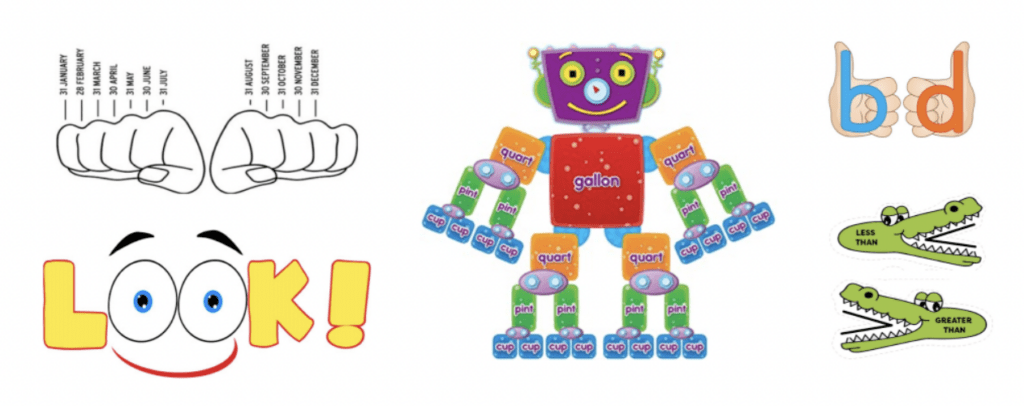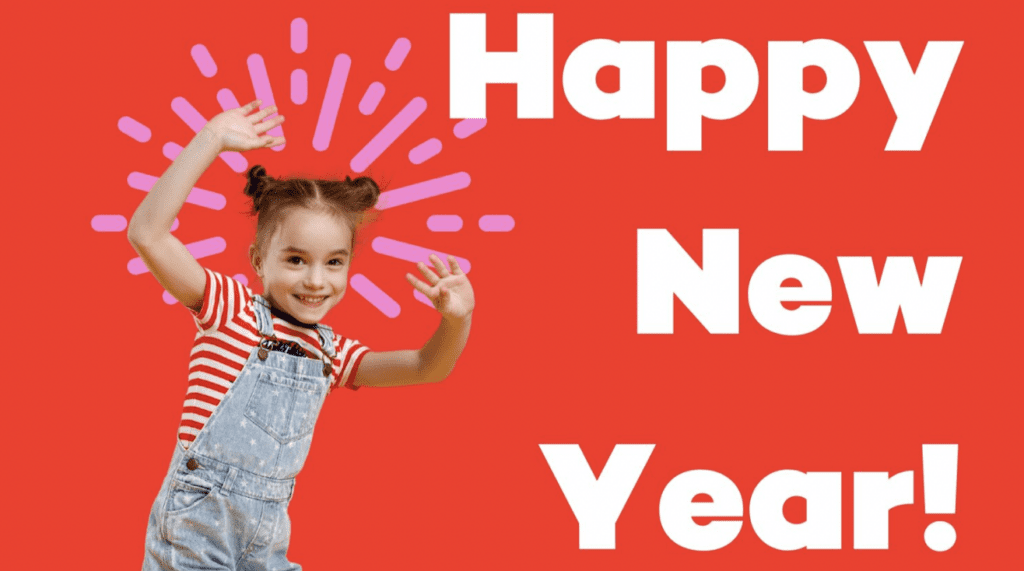
Remembering is hard! That is especially true of remembering the types of complex (and sometimes uninteresting) information kids have to learn in school. Memorization through repetition is rarely effective. That’s why it is so important to teach kids the power of mnemonics. Then they can learn to be more strategic and creative when it comes to remembering. That’s because mnemonics make information more sticky. By connecting unmemorable information to something more memorable, kids can create lasting knowledge.
Examples of Popular Mnemonics
Young students sometimes use the phrase “big elephants can’t always use small elevators” to remember the spelling of “because.” When they get older, they remember the order of operations through PEMDAS. There is also ROY G BIV for the colors of the rainbow. The list goes on and on. That’s because they are popular for a reason: mnemonics actually work! Once students buy into that fact, they can create their own mnemonics for the information they need to learn. All it takes is a little practice and creativity.
Types of Mnemonics
Images and visuals

The brain often remembers visual information more easily than written or verbal details. Students can take advantage of their visual memory when it comes to trying to remember anything from the meaning of a vocabulary word to how to spell it, or the journey of a blood cell through the circulatory system to chemical equations. The visual reference can highlight spelling features, diagrams, relationships – you name it! The key is that it is memorable to the student.
Another variation on visualization strategies includes creating imaginary relationships between images and objects. For some, placing images or objects in a familiar location helps to create memorable associations with existing memories. According to the internet, this is a good strategy for memorizing a deck of cards (we haven’t tried!). Similarly, you can picture how a series of objects or figures relate to one another. If, for example, you had to remember the words “banana,” “beach,” and “skunk,” you could imagine a skunk in the sand eating a banana. The goal of these strategies is to create relationships between seemingly random things in order to “chunk” them together. This helps to use limited working memory space more effectively!
Acronyms and Acrostics
An acronym is made by taking the first letter (or initial letters) of a list of words to create a more memorable word. We can all learned PEMDAS to remember the order of operations, or HOMES for the five Great Lakes. Acrostics are similar to acronyms, and more commonly called silly sentences. Instead of PEMDAS, students could remember “Please Excuse My Dear Aunt Sally;” and instead of HOMES, they could think of Hairy Orangutans Make Excellent Saviors. Once again, the key is creating an acronym or acrostic that is memorable!
Musical and rhyming mnemonics
Perhaps the most famous musical mnemonic is the classic alphabet song. Without this simple, catchy tune, the alphabet would be much harder to memorize. These devices use melody or rhyme to help students remember rules or procedures. A popular example of this is “30 days have September, April, June, and November.” All of the incredible School House Rock songs also take advantage of music and rhyming to make content more memorable. Plus, research has shown that musical elements like rhyme and melody not only make information more memorable, but actually improve the general performance of our memory.
In Conclusion
Next time you find your child cramming for a quiz or test, encourage them to create some mnemonic devices for the information that just won’t stick. Maybe they need a silly sentence to remember difficult formulas, or a memorable picture to recall the steps of a process? And not will mnemonics make information more memorable, they’ll also make learning more fun!




